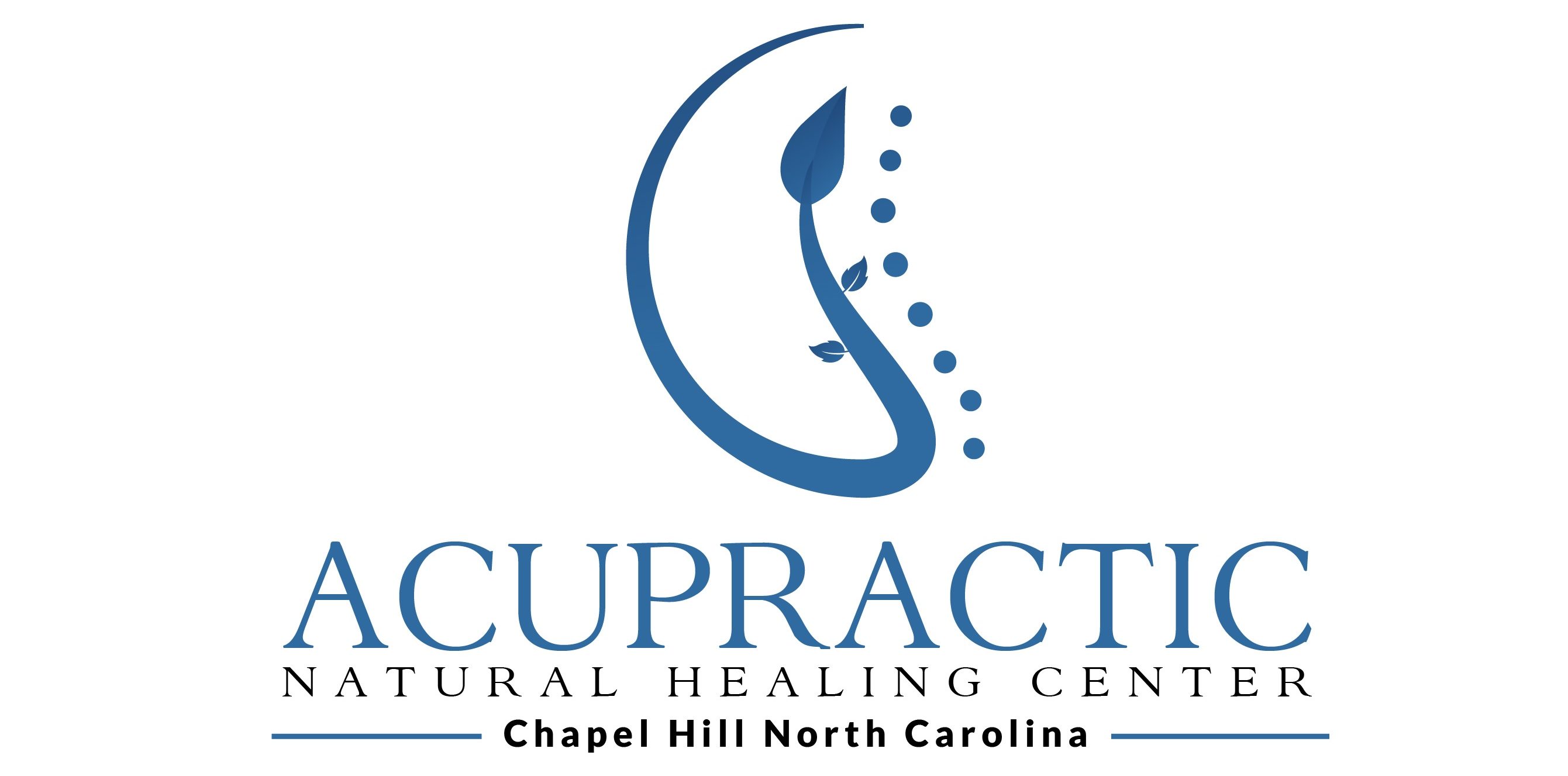There are three main postural faults we see in practice. Patients with one of these posture problems will benefit from care emphasizing spinal alignment and proper muscle balance. Please read on if you or a loved one needs help understanding which exercises are most beneficial and which ones to avoid for your presentation. In this blog post, we will discuss the first of these three postural faults, saving the next two for the next post. At Acupractic Natural Healing Center, the chiropractic and acupuncture offices of Dr. Lisa Oskardmay in Chapel Hill, we help patients look and feel better and stand taller with less pain by paying attention to posture, and all that affects it.
Postural Faults
The three postural faults are lordosis posture, flat-back posture, and sway-back posture. The anatomical position of certain joints, which muscles are tight or shortened, and which muscles are lengthened or overstretched varies for each fault. Beneficial treatment depends on proper diagnosis and attention to the spinal alignment of attached muscles and ligaments, as well as the prescribed attuned stretching and strengthening exercises. Dr. Oskardmay strives to provide patients with holistic care, including vertebral adjustment, massage, stretching, and exercise therapy. Patients leave each treatment feeling refreshed and energized with a better understanding of their condition and how to proceed with care and self-care.
The low back appears angular from the side view in the lordotic posture. The lumbar spine is hyperextended (the Tailbone is more pronounced), the pelvis has an anterior tilt (meaning the ASIS is anterior to the pubic bone), and the hip joints are in flexion. Tight low back muscles (erector spinae) and tight hip flexors muscles (psoas and rectus femoris/quadriceps on the front of the thigh) contribute to the accentuated lumbar curve as they pull on the top front of the hip bone (ASIS), pulling it down and front. Lengthened, weak muscles include the abdominal muscles (especially the external oblique) and the hip extensors (gluteals and hamstrings on the back of the thighs). Treatment includes spinal mobilization of involved segments throughout the spine (cervical, thoracic, and lumbar) to resolve nerve disruption to crucial muscles.
Additionally, Dr. Oskardmay provides needed stretching of the lower back muscles and hip flexors using hands-on procedures, massage, acupuncture, and electrostimulation. She also teaches patients how to do strengthening exercises for weak abdominal muscles and hip extensors. Periodic re-evaluation and check-in help to ensure that treatment is working.
At Acupracitic NHC, natural healing for the Triangle since 1995, we want patients to understand how to get and stay well using the most natural means possible. Each person has it within him or herself to be well. Accepting new patients, we look forward to your call at 919-929-1400 or email schedule@acudocnc.com, or visit us on the web at acudocnc.com anytime to schedule and learn more about how natural care can help you.
